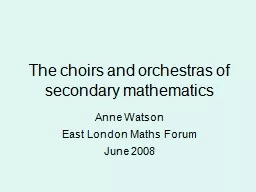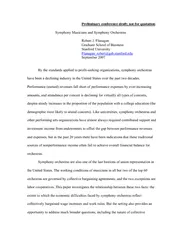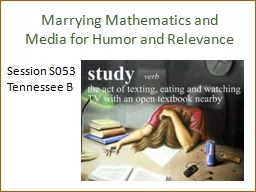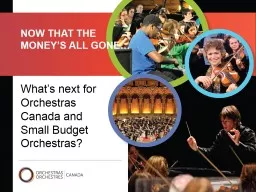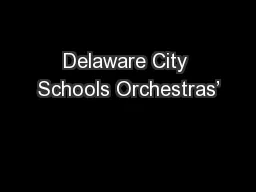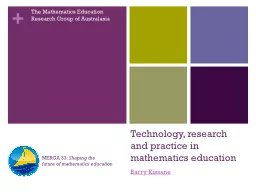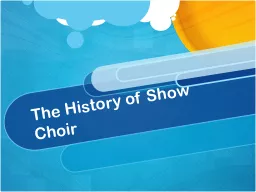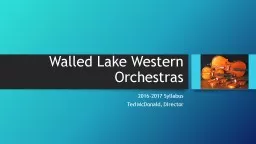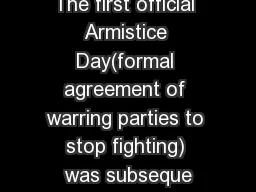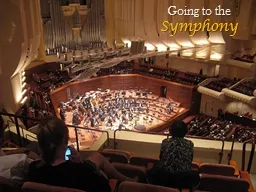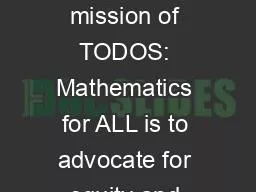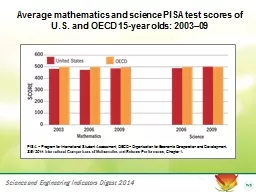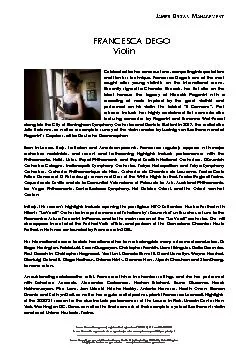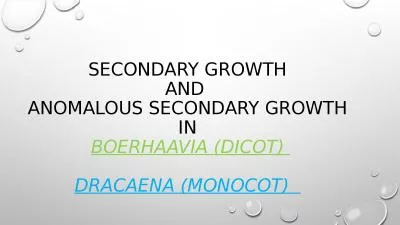PPT-The choirs and orchestras of secondary mathematics
Author : ellena-manuel | Published Date : 2016-08-04
Anne Watson East London Maths Forum June 2008 Trigonometry 26 cm 68 mm θ A B C Trigonometry Triangle properties not names right angle orientation anglesum Labelling
Presentation Embed Code
Download Presentation
Download Presentation The PPT/PDF document "The choirs and orchestras of secondary m..." is the property of its rightful owner. Permission is granted to download and print the materials on this website for personal, non-commercial use only, and to display it on your personal computer provided you do not modify the materials and that you retain all copyright notices contained in the materials. By downloading content from our website, you accept the terms of this agreement.
The choirs and orchestras of secondary mathematics: Transcript
Download Rules Of Document
"The choirs and orchestras of secondary mathematics"The content belongs to its owner. You may download and print it for personal use, without modification, and keep all copyright notices. By downloading, you agree to these terms.
Related Documents

